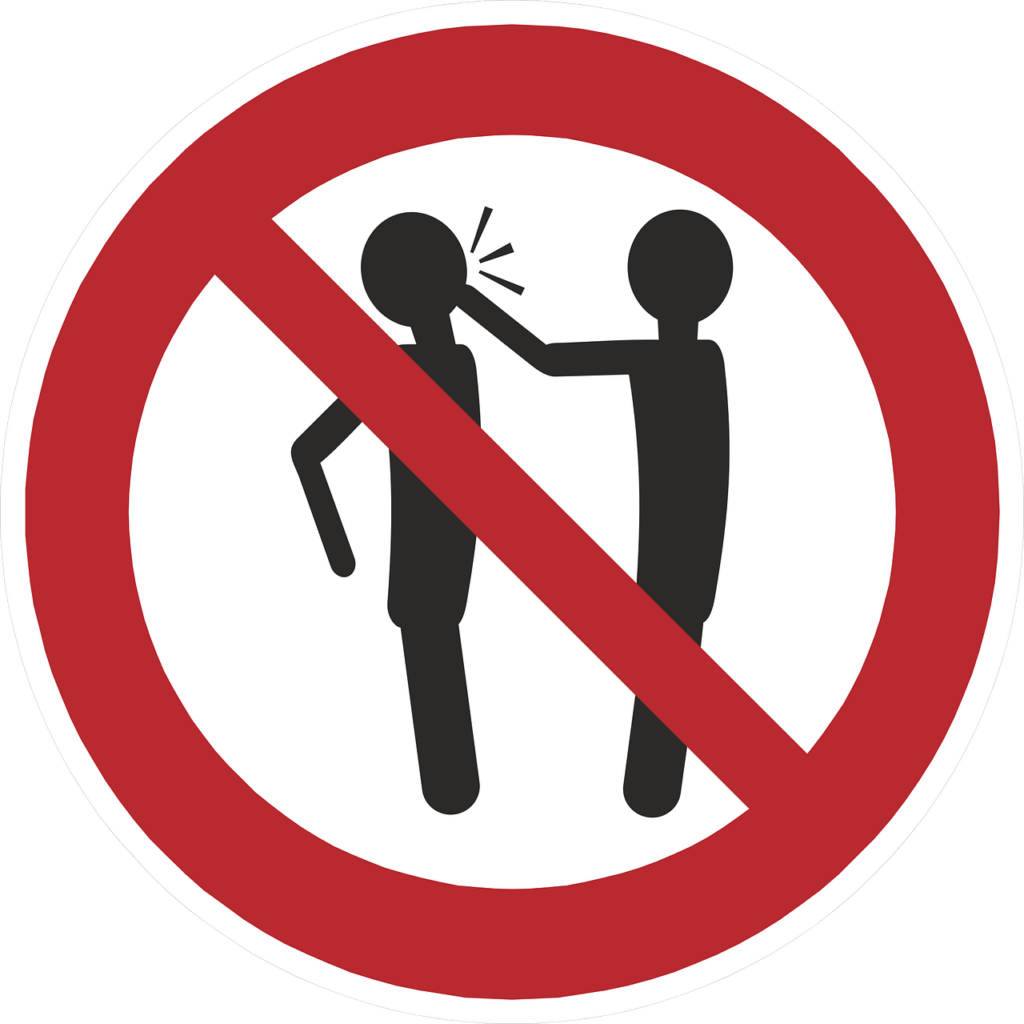Elder Abuse is Common
Types of Elder Abuse Part 1. Elder abuse is a serious problem that is surprisingly common in the United States. the UK and Europe which affects the lives of millions of elderly individuals. According to the CDC, from 2002 to 2016:
- Over 643,000 elders were treated for assault in emergency rooms
- Over 19,000 seniors died as a result of abuse
- 1 in 10 people over 60 living at home were victims of some type of elder abuse
- Elder abuse is presumed to be significantly under-reported.
- Abuse of older people is at “unprecedented levels” according to a leading charity.
- Hourglass, formerly Action on Elder Abuse, said polling that it had commissioned suggested as many as one in five people in the UK over the age of 65 have been abused. The charity calculates that this equates to 2.7 million victims across the UK. These figures are reflected in other Western regions
Elder abuse can result in physical injuries and medical emergencies, but it often does not. However, it can leave a lasting emotional scar even when there are no obvious physical signs. It is important to be alert and know what to look for to protect all seniors from abuse, neglect and mistreatment in its various forms.
What is Elder Abuse and Why Does it Happen?
Types of Elder Abuse Part 1. Elder abuse is defined as non-accidental action, or failure to take necessary action, that results in real or potential harm to an elder. An elder is considered any person over 60 years old.
There are seven distinct types of elder abuse, which include physical, emotional and sexual abuse, financial exploitation, and neglect.
Elder abuse is often committed by someone that an elder knows and trusts. It can happen when well-meaning people are overworked and overwhelmed. It can also occur when a predatory person takes advantage of an elder’s vulnerability.
Factors that Put a Senior at Higher Risk for Elder Abuse
Types of Elder Abuse Part 1. There are certain factors that increase an elder’s risk of becoming a victim of abuse. These don’t always lead to abuse, but they do tend to make it more likely.
Poor Health of the Elder
- Poor physical health
- Poor memory or dementia
- Poor mental health or diagnosis of mental illness
- Tendencies toward challenging behaviour (such as resistance to assistance, aggression or mood swings)
Preparedness, State, and Wellbeing of the Caregiver
- Poor training or understanding of the elder’s conditions, needs or how to perform necessary care
- Poor health of the caregiver
- Hesitance to accept help
- Poor coping skills
- Alcohol or drug misuse
- Poor self-care habits
- Difficulty sleeping
Relationship Challenges
- Family history of abuse
- Past or current volatile emotions, behaviour or relationships
Living Arrangements
- Elder is living with an unprepared caregiver
- Isolated living situation
- Poor social support
- Few assistive services (such as home care, hospice, counselling, or therapy)
Financial Challenges
- Elders or caregivers are financially dependent on the other
- Limited funds
Risks Unique to Institutions
- Poor staff training
- Chronic staffing problems or overworked staff
- Staff burnout
- Stressful working conditions
- Low standards of care
- Poor administrative oversight
- The physical environment is unclean, unkempt, uncomfortable or in disrepair
The Types of Elder Abuse
Elder Physical Abuse
Types of Elder Abuse Part 1. Physical abuse occurs when a person purposely uses physical force that may cause pain, injury or impairment to an elder. Among other things, physical abuse can include hitting, pinching or pushing a senior. Physical abuse can also include confining or restraining the elder, such as locking them in a room or tying them to a chair to prevent a fall.
Even if these are done “for their own good” o
safety, under most circumstances these actions violate their rights and are considered abuse. Physical abuse can result in bruises, cuts, sprains, fractures or other physical injuries. It can also terrify and emotionally traumatize the senior.
Elder Sexual Abuse
Sexual abuse includes non-consensual sexual contact with an elder. It can also include forcing an elder to undress or watch sexually explicit images or activities. There are a wide array of activities that are considered sexual abuse:
- A paid caregiver raping or molesting an elder
- A spouse forcing unwanted intercourse or sexual contact
- A person with dementia inappropriately touching an elder who does not want it or who cannot legally consent to it.
- Forcing the elderly to watch pornography or view graphic images
It is sometimes unclear exactly when someone with dementia, or other health condition affecting mental capacity, is able to consent to sexual activity. Laws vary in different locations. In some cases, mental health experts must determine whether an individual has the capacity to consent.
Elder Emotional Abuse
Emotional abuse, sometimes also referred to as psychological abuse, includes emotionally distressing activities such as yelling, threatening, intimidating, ignoring or using hurtful words. Emotional abuse can also include isolating the elder from their friends or family members.
Senior Financial Abuse or Exploitation
Financial abuse includes all kinds of misuse of an elder’s money or property. There is a wide array of activities considered financial abuse, including:
- Theft
- Scams (specifically, scams targeting senior citizens)
- Fraud
- Identity theft
- Withdrawing money from a bank account, writing checks or using credit cards without permission or under false pretences
- Changing names on insurance, wills, financial accounts or property titles
- Charging an elder for products or services (such as high-fee loans, investments or insurance products) that are unaffordable or inappropriate for the elder, especially when the elder doesn’t authorize it, or deceit is used to gain authorization
It’s upsetting to say, but there are many unscrupulous businesses that may coerce a senior into signing up for renovations or home repair work that is expensive and un-necessary. Some of these shady businesses may present themselves as working with senior-specific programs, but it’s always essential to do your due diligence and research the real, legitimate state and national programs that offer free and discounted home repairs to elderly seniors.
Healthcare fraud is a specific type of financial abuse that occurs when healthcare providers engage in an unscrupulous activity such as billing for services not rendered or prescribing inappropriate treatment for their own financial gain.
Elder Neglect
Elder neglect occurs when a caregiver fails to fulfill their obligations to meet an elder’s needs. Neglect can be either passive – when the caregiver is unaware of needs that they should be aware of – or willful. Willful deprivation occurs when food, assistance, medical care or other necessities are purposely withheld.
Examples of neglect can include failing to provide adequate:
- Food, hydration or nutrition
- Shelter
- Hygiene assistance
- Medication
- Health care when needed
- Activities for social and mental health wellness
Elder Abandonment
Abandonment is a severe form of neglect. It occurs when a caregiver has assumed responsibility for the care or custody of an elder and then leaves them without arranging appropriate replacement care.
Elder Self-Neglect
Elder self-neglect occurs when an elder fails to meet his or her own needs. Self-neglect may be a result of dementia, depression or other physical or mental health condition that make it hard for them to realize or meet their own needs.
In Conclusion
Types of Elder Abuse Part 1 is a sad reflection of our society today. But unfortunately, it is a growing problem in the Western part of the world. As we get older we may also suffer abuse. So it is important we are aware of it and know what to do if we become victims. This will continue next Wednesday with part 2.
Important Note *
Remember that everyone is different, it is ultimately YOUR RESPONSIBILITY to find what your body responds to. So please do your due diligence before trying anything new, including getting Medical Advice to ensure your safety and peace of mind.
Connect with me and leave a comment or two on my social media.




2 replies on “Types of Elder Abuse Part 1”
[…] Read the full article at PENSIONERS’ FITNESS […]
OK no probs, thanks, Ian